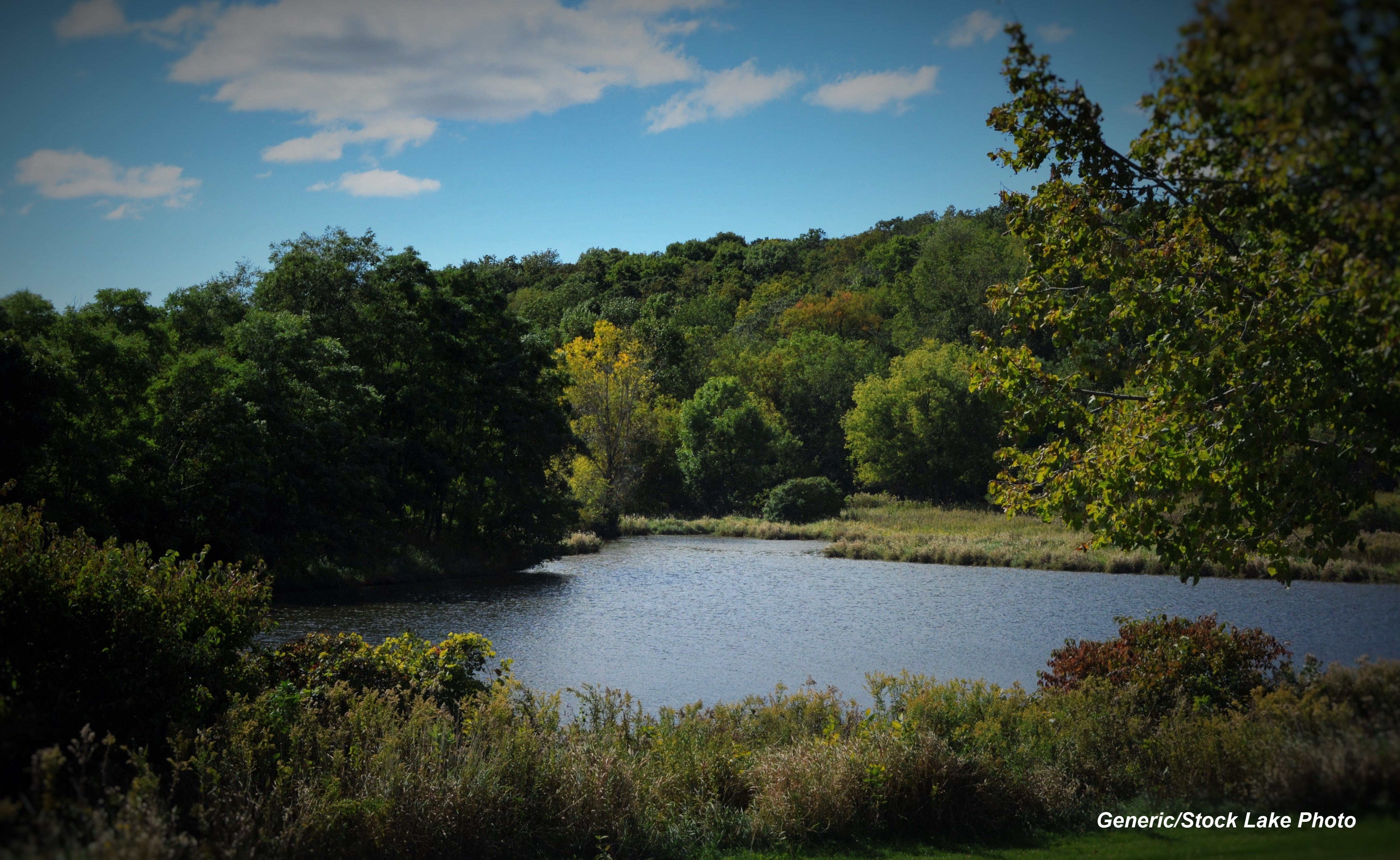
125.33 Acres
Deep Seepage
2023
Good
Mercury Contaminated Fish Tissue
Mercury
Iron
No
Yes
Yes
Fish and Aquatic Life
Overview
Owl Lake is a very soft water drained lake having slightly acid, light brown water of moderate transparency. There is an intermittent inlet stream from Hill Lake and the outlet stream is tributary to Pardee Creek and is part of the Turtle River drainage. Sand is the predominant littoral material (50 percent) with gravel (35 percent) and muck. The shoreline is predominantly upland (90 percent) with the balance being wetland of the coniferous-bog type. A diversified fish population of muskellunge, northern pike, walleye, largemouth bass, smallmouth bass, perch, bluegill, rock bass, pumpkinseed, white sucker, and redhorse is present. Waterfowl can be expected to make limited use of this lake. Vegetation of all types is moderate in density. There are 7 dwellings located on the shoreline. Public access with parking from an improved facility maintained by the Town of Oma is available.
Surface Acres = 125.8, S.D.F. = 2.61, Maximum Depth = 38 feet
Source:1970, Surface Water Resources of Iron County,WI:WI-DNR Owl Lake, T44N, R4E, Section 22
Date 1970
Author Aquatic Biologist
Condition
Wisconsin has over 84,000 miles of streams, 15,000 lakes and milllions of acres of wetlands. Assessing the condition of this vast amount of water is challenging. The state's water monitoring program uses a media-based, cross-program approach to analyze water condition. An updated monitoring strategy (2015-2020) is now available. Compliance with Clean Water Act fishable, swimmable standards are located in the Executive Summary of Water Condition in 2018. See also the 'monitoring and projects' tab.
Reports
Management Goals
Wisconsin's Water Quality Standards provide qualitative and quantitative goals for waters that are protective of Fishable, Swimmable conditions [Learn more]. Waters that do not meet water quality standards are considered impaired and restoration actions are planned and carried out until the water is once again fishable and swimmable
Management goals can include creation or implementation of a Total Maximum Daily Load analysis, a Nine Key Element Plan, or other restoration work, education and outreach and more. If specific recommendations exist for this water, they will be displayed below online.
Monitoring
Monitoring the condition of a river, stream, or lake includes gathering physical, chemical, biological, and habitat data. Comprehensive studies often gather all these parameters in great detail, while lighter assessment events will involve sampling physical, chemical and biological data such as macroinvertebrates. Aquatic macroinvertebrates and fish communities integrate watershed or catchment condition, providing great insight into overall ecosystem health. Chemical and habitat parameters tell researchers more about human induced problems including contaminated runoff, point source dischargers, or habitat issues that foster or limit the potential of aquatic communities to thrive in a given area. Wisconsin's Water Monitoring Strategy was recenty updated.
Grants and Management Projects
Monitoring Projects
| WBIC | Official Waterbody Name | Station ID | Station Name | Earliest Fieldwork Date | Latest Fieldwork Date | View Station | View Data |
|---|
| 2307600 | Owl Lake | 10019825 | Owl Lake -- Access | 5/20/2011 | 5/20/2011 | Map | Data |
| 2307600 | Owl Lake | 263144 | Owl Lake - Deep Hole | 4/27/2003 | 8/15/2023 | Map | Data |
| 2307600 | Owl Lake | 10002741 | Owl Lake | 8/29/2000 | 9/21/2017 | Map | Data |
|

Watershed Characteristics
Owl Lake is located in the Flambeau Flowage watershed which is 247.18 mi². Land use in the watershed is primarily forest (56.80%), wetland (28.20%) and a mix of open (14.10%) and other uses (0.90%). This watershed has 190.98 stream miles, 10,199.06 lake acres and 43,978.35 wetland acres.
Nonpoint Source Characteristics
This watershed is ranked Not Ranked for runoff impacts on streams, Not Ranked for runoff impacts on lakes and Low for runoff impacts on groundwater and therefore has an overall rank of Low. This value can be used in ranking the watershed or individual waterbodies for grant funding under state and county programs.However, all waters are affected by diffuse pollutant sources regardless of initial water quality. Applications for specific runoff projects under state or county grant programs may be pursued. For more information, go to surface water program grants.
Owl Lake is considered a Deep Seepage under the state's Natural Community Determinations.
Natural communities (stream and lake natural communities) represent model results and DNR staff valiation processes that confirm or update predicted conditions based on flow and temperature modeling from historic and current landscape features and related variables. Predicated flow and temperatures for waters are associated predicated fish assemblages (communities). Biologists evaluate the model results against current survey data to determine if the modeled results are corect and whether biological indicators show water quaity degradation. This analysis is a core component of the state's resource management framework. Wisconsin's Riverine Natural Communities.
Deep seepage lake describes the depth and hydrologic charactertistics of the lake. These variables affect the lakes response to watershed variables.